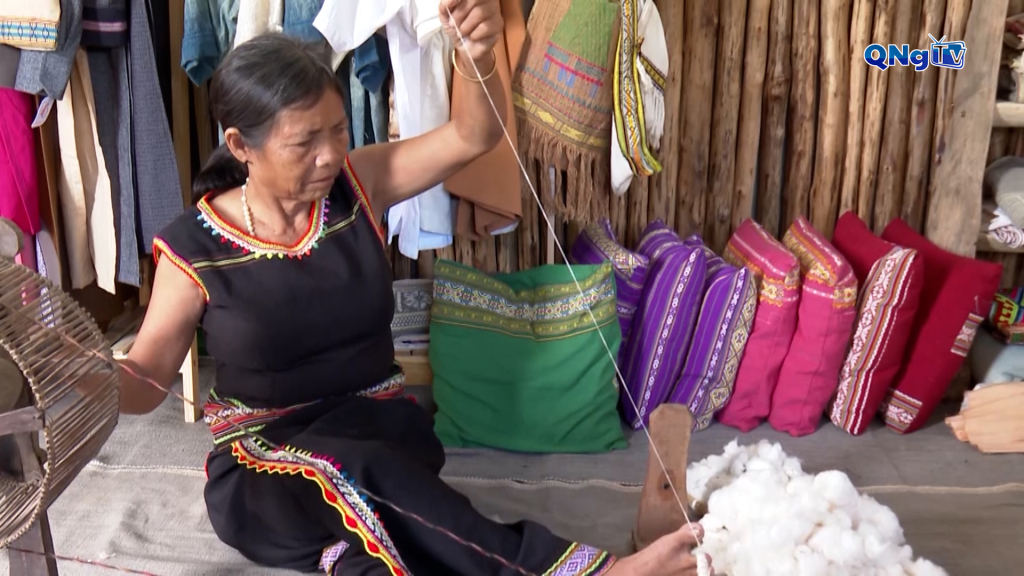
With over 40 years of experience in weaving, artisan Y Nheo still maintains the traditional way of spinning cotton thread, a job that very few people do now, as industrial threads are becoming more and more popular.
Artisan Y Nheo, Dak Ro Wa Commune, Quang Ngai Province, shared that the spinning stage is one of the stages in creating brocade products. To make a brocade piece, it must go through many stages such as picking cotton, spinning, dyeing thread... each stage requires meticulousness, creativity and dexterity. We Ba Na people often use bark, leaves, roots, latex or leaves of forest trees for dyeing.
To bring Ba Na brocade closer to the market, in addition to preserving the fabric and looms, artisans and young entrepreneurs also explore ancient and modern patterns and renew the products. Brocade products are not only limited to traditional loincloths, skirts and shirts, but are also created into handbags, wallets, scarves, interior decorations or souvenirs... to suit consumer tastes.
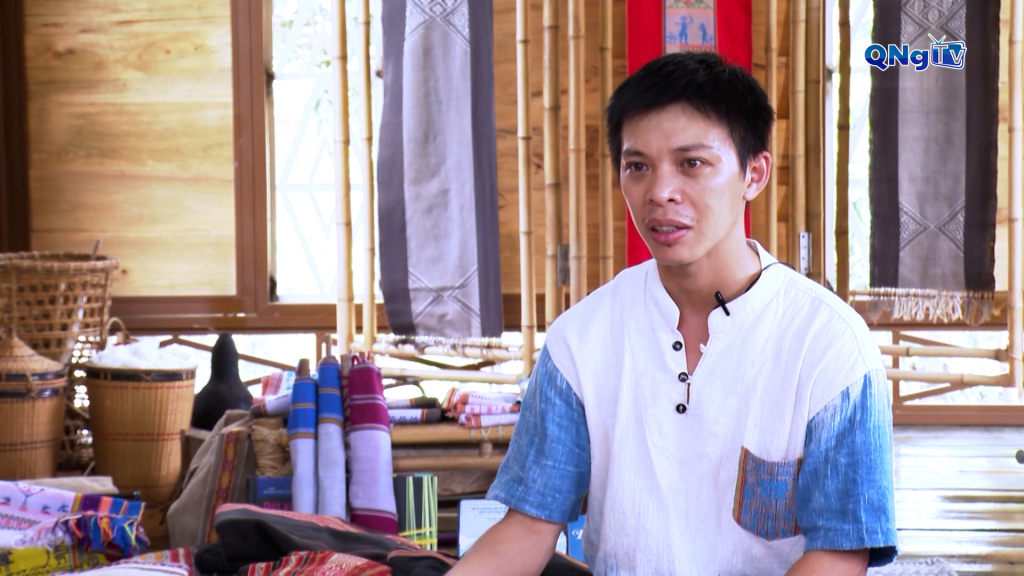
“Here, I and some of the old women here can weave very unique patterns, which can be called Bngai patterns, which means human-shaped patterns. These are different patterns from other ethnic groups in the Central Highlands.”

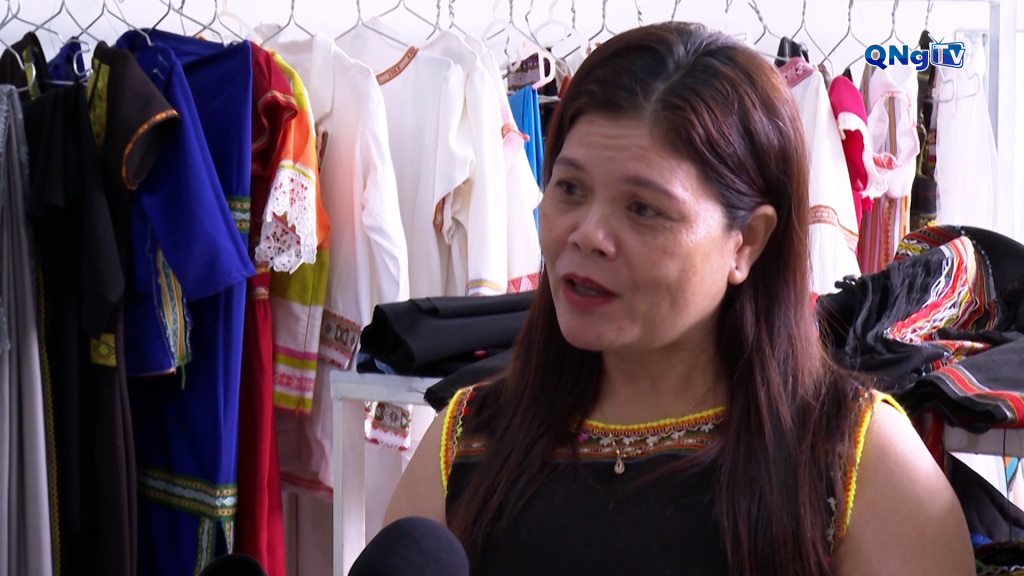
Ms. Y Thoa, Owner of Y Thoa Textile Factory, Kon Tum Ward, Quang Ngai Province, said:
“The patterns, we never let them be lost or eroded, we don’t change that image. I still keep that image and I will choose all the colors on the market. For example, France and Japan, they ask us to make their colors, we take our patterns, we connect them, then redesign them and put them in with their colors. The result is a very beautiful product.”
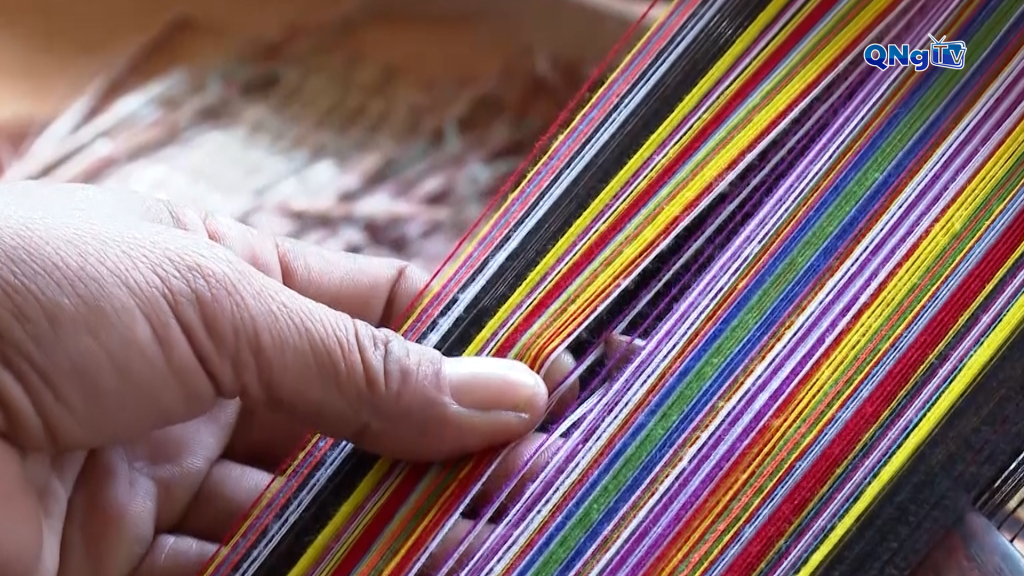
At the Brocade Weaving Cooperative in Kon Kon Klor village, Kon Tum ward. The products created are well received by the market, thanks to which, the members of the Cooperative are more attached to the traditional weaving profession.
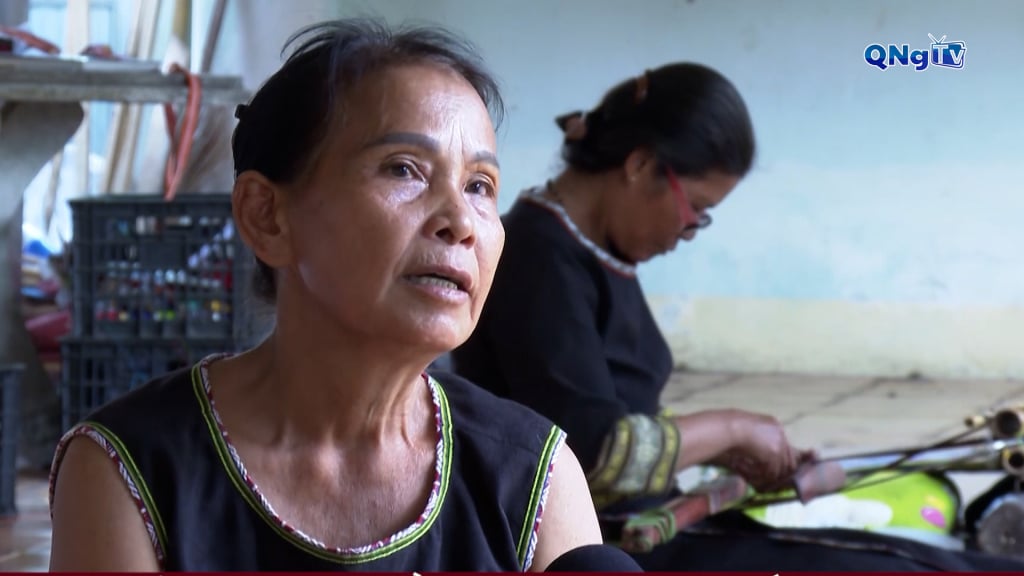
Artisan Y Hanh, member of the Kon Klor Village Weaving Cooperative, Kon Tum Ward, Quang Ngai Province, shared:
Before, I found it difficult, many relatives and cousins found it too difficult, they didn't like it. But today, everyone likes it, everyone wants to know how to weave. From then until now, every family knows how to weave. During the rainy season, when people can't go to work, they stay home to weave, sometimes even in the evening."
Preserving and promoting the value of the traditional weaving craft of the Ba Na ethnic group is an opportunity for economic development and creating sustainable livelihoods for the people.
Source: https://quangngaitv.vn/tao-huong-di-vung-chac-cho-nghe-det-truyen-thong-6505161.html


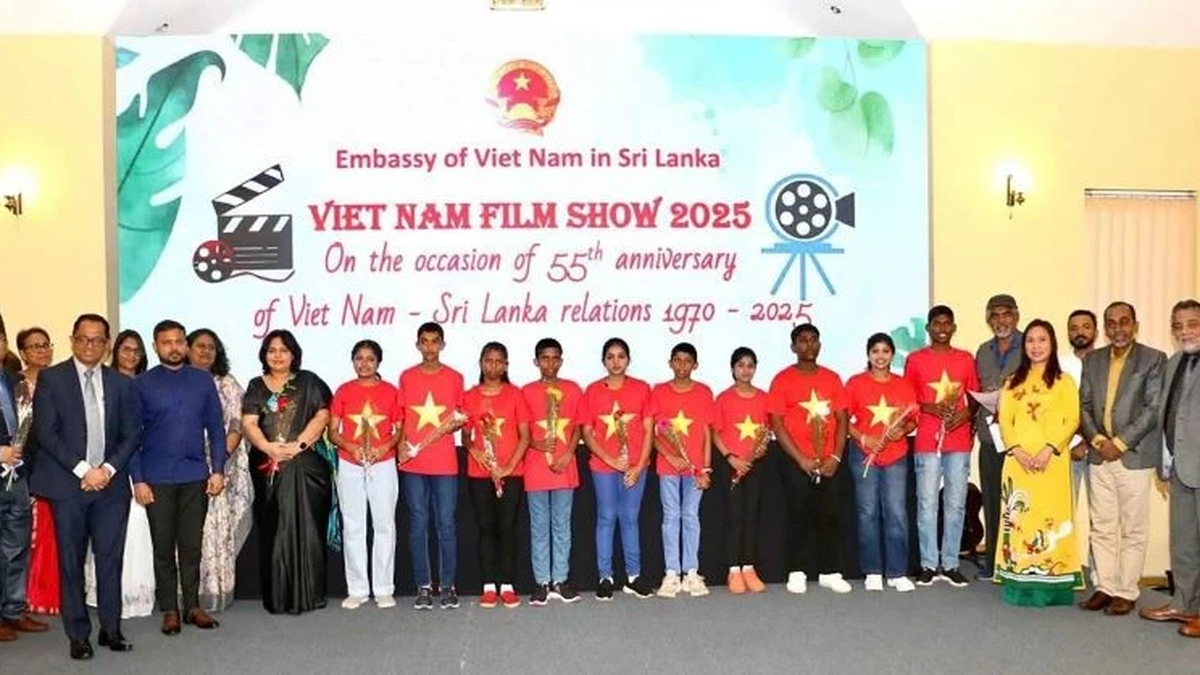

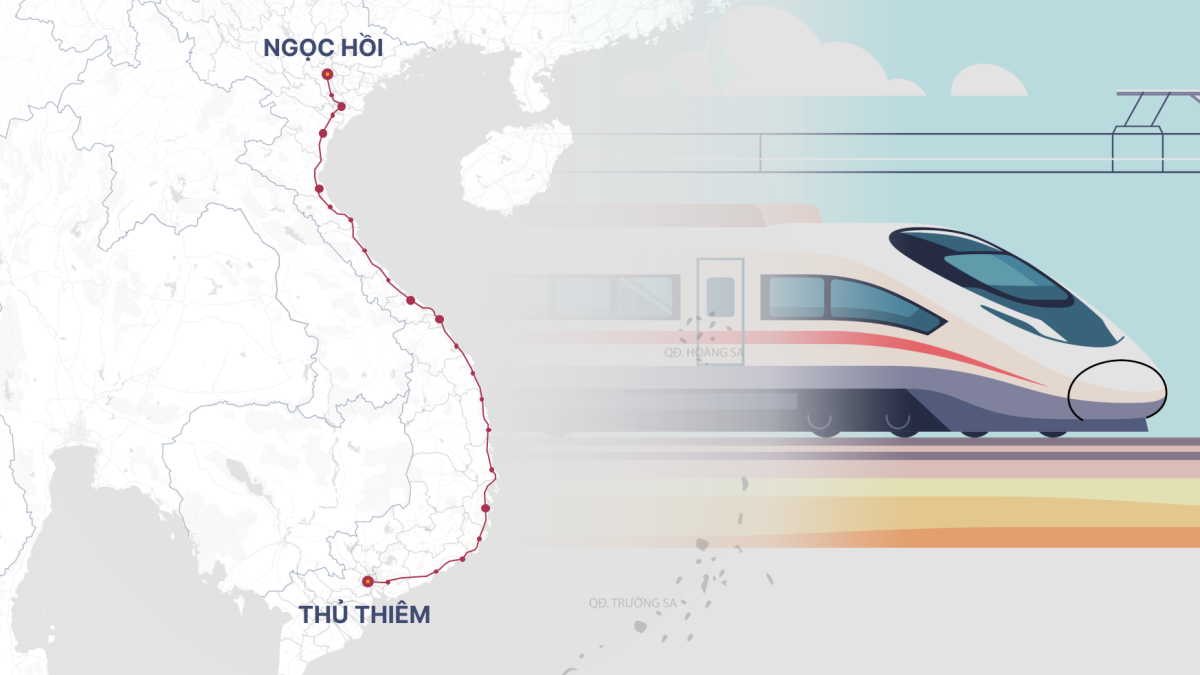
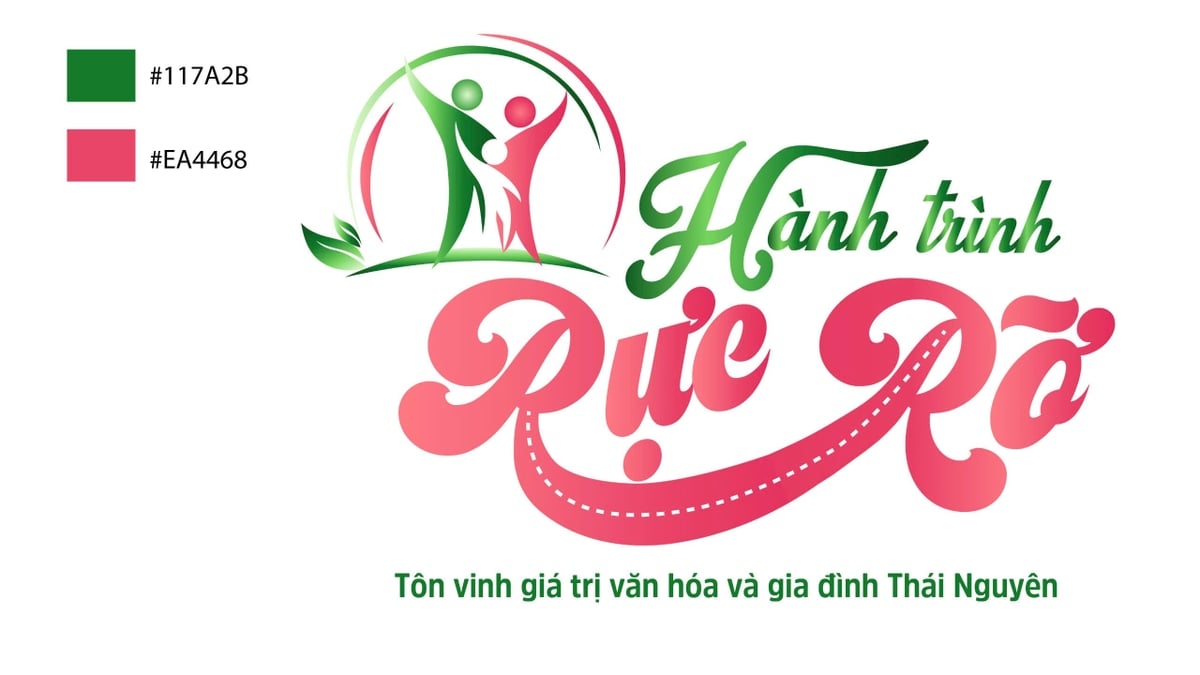




























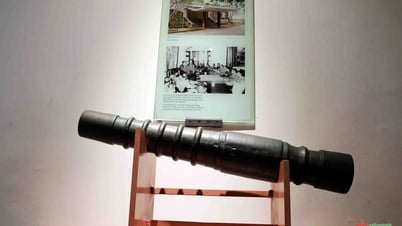

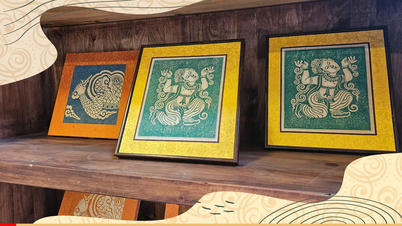



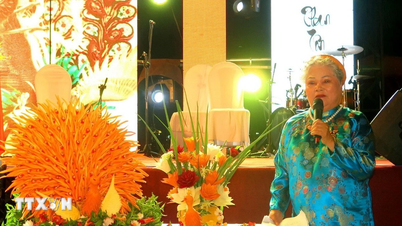

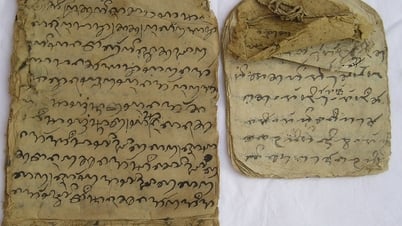









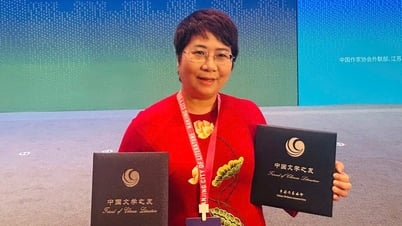
















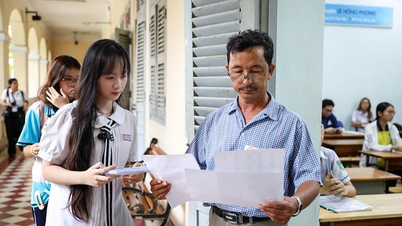







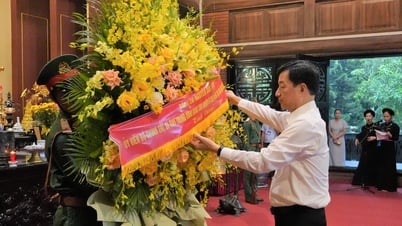























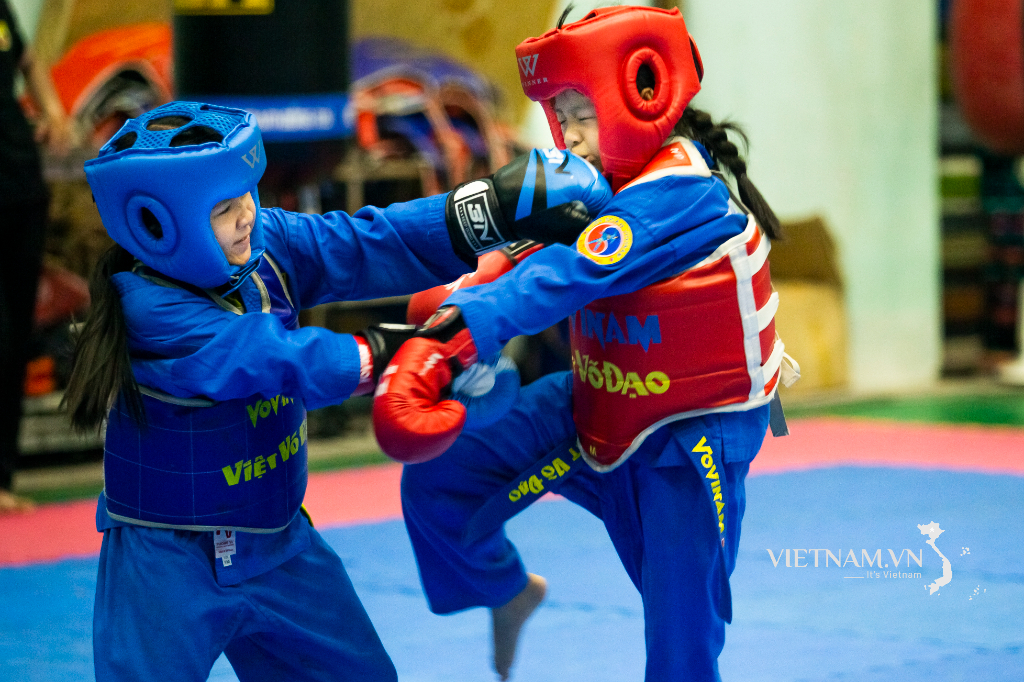
Comment (0)